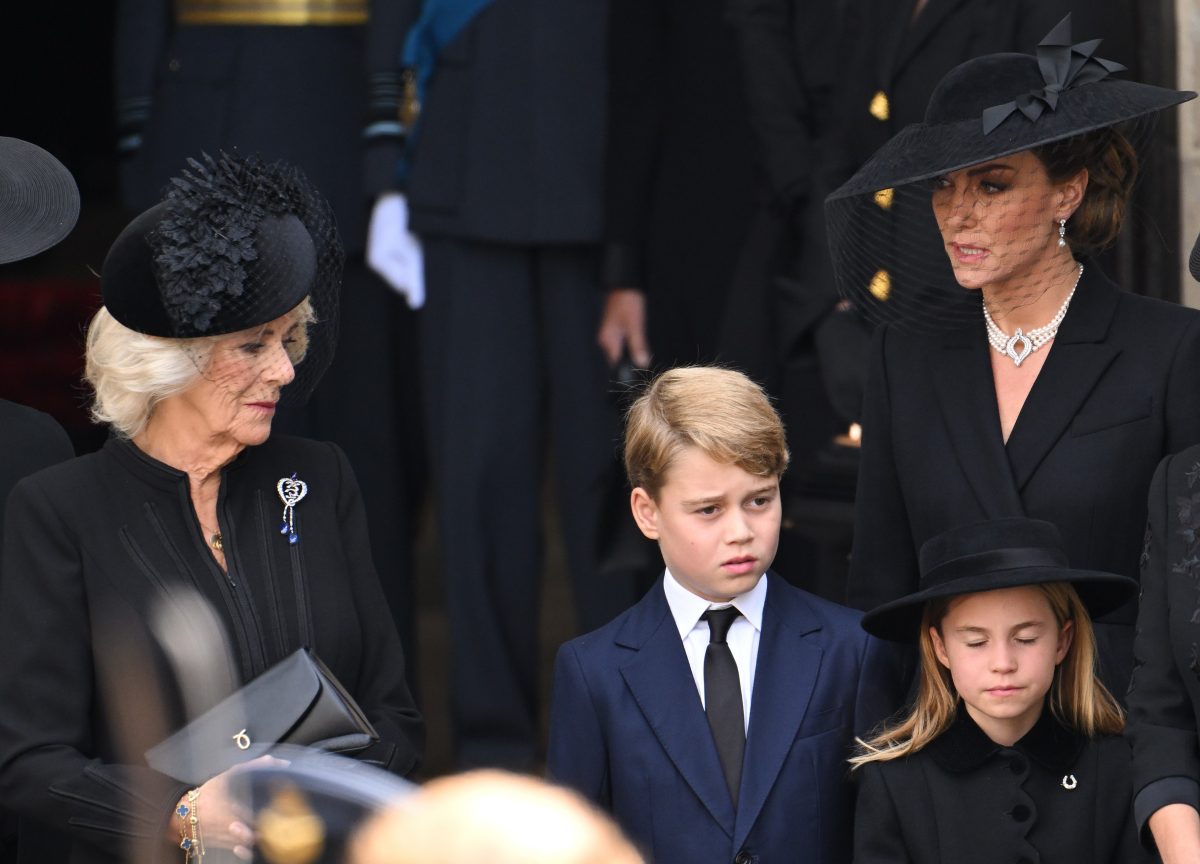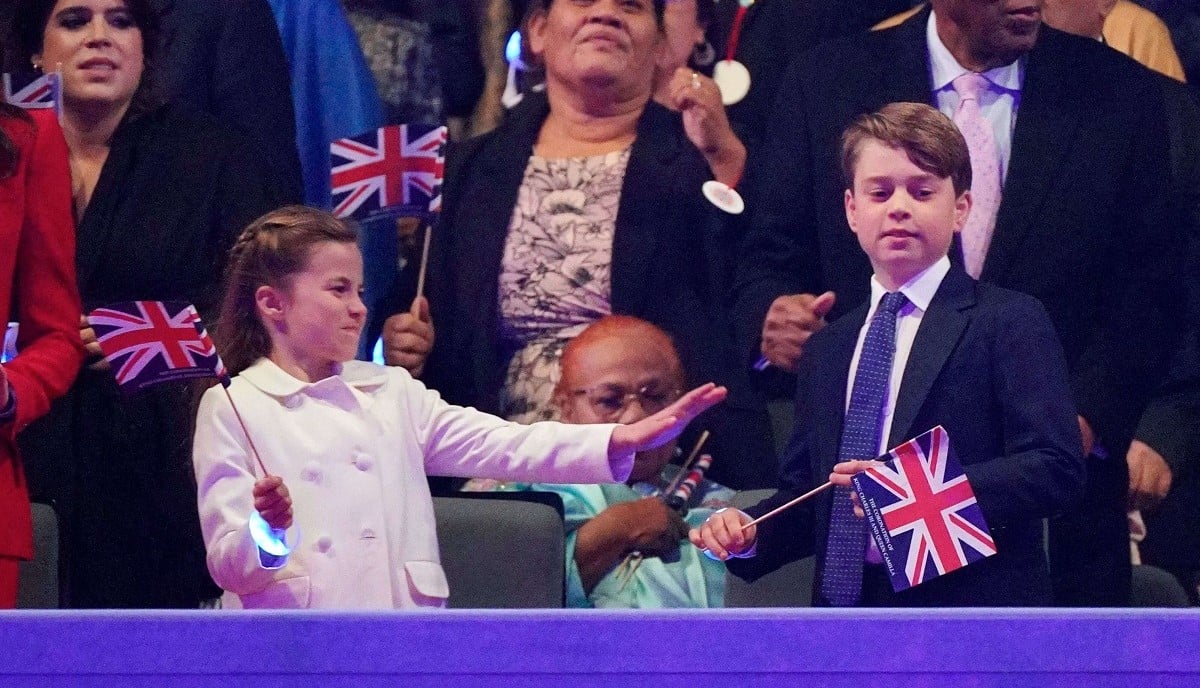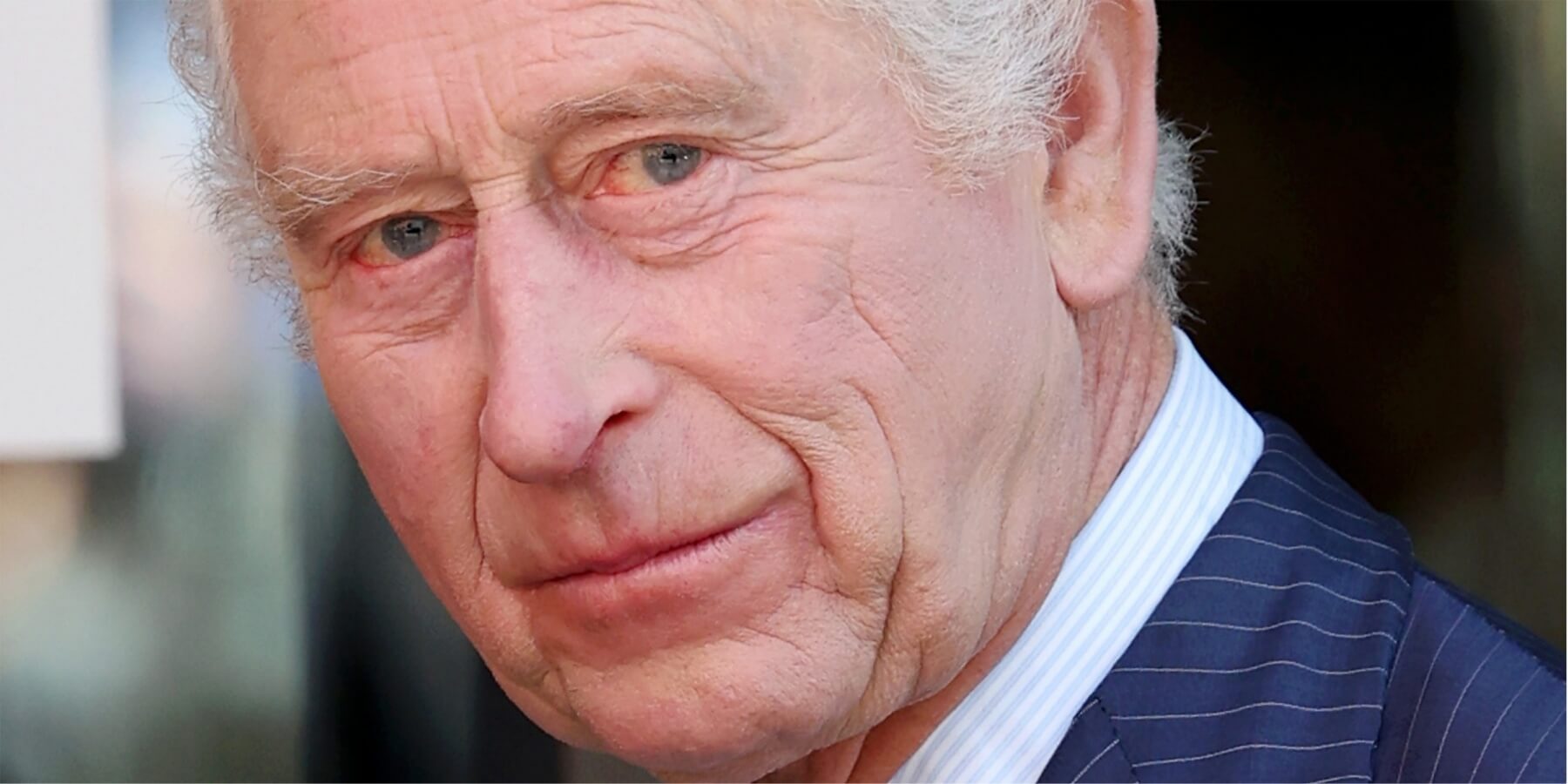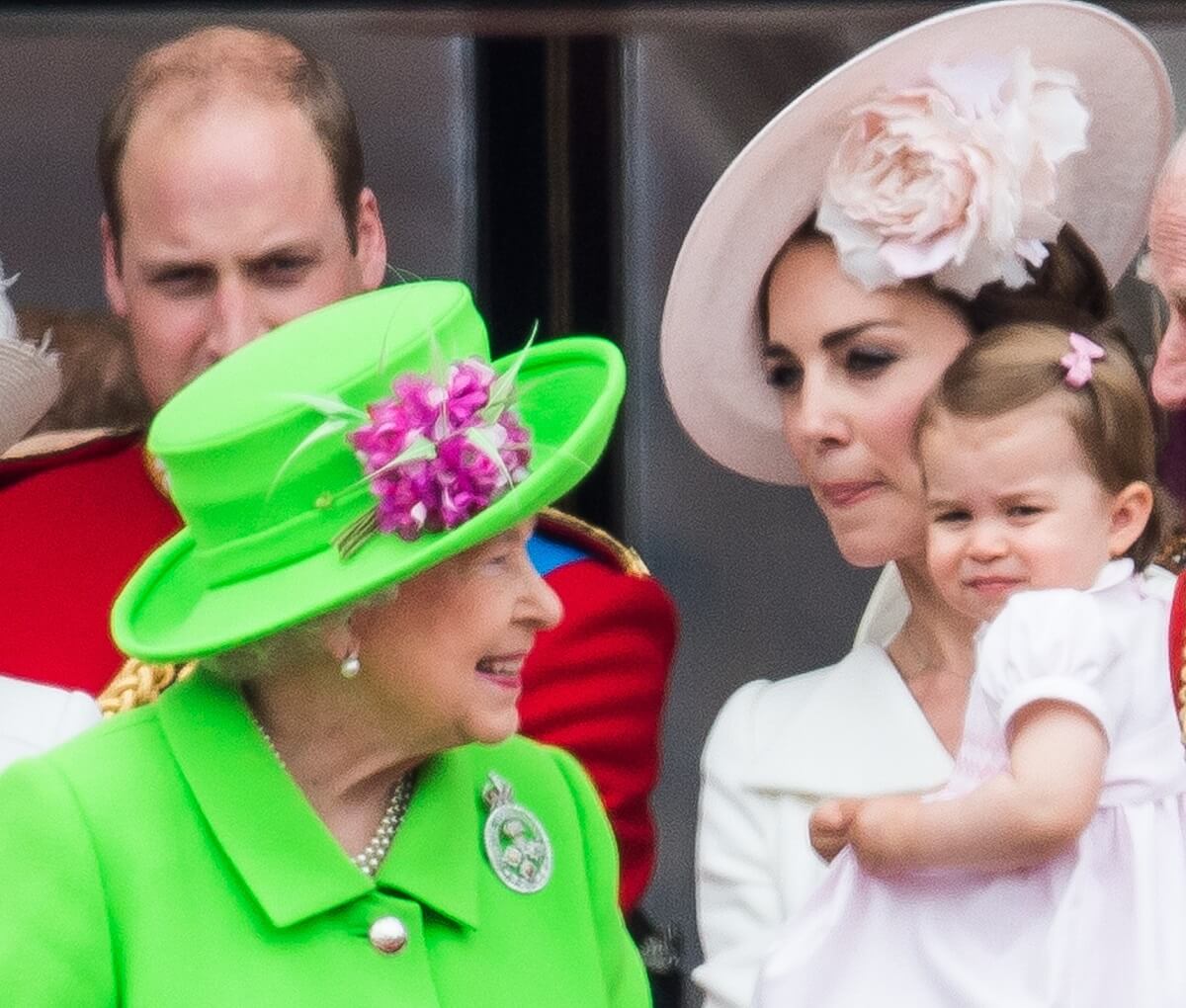
What Princess Charlotte’s Title Would Have Been if Queen Elizabeth Didn’t Step in and Make a Change
Following the death of Queen Elizabeth II, Prince William became the Prince of Wales and his wife (formerly known as Kate Middleton) the Princess of Wales. Therefore, their three children also received a title upgrade from Cambridge to Wales.
William and Kate’s only daughter was born Her Royal Highness Princess Charlotte of Cambridge and is now Her Royal Highness Princess Charlotte of Wales. But the title for her and her younger brother, Prince Louis, would have been different if the late monarch didn’t decide to make a change right before any of William and Kate’s children were born.
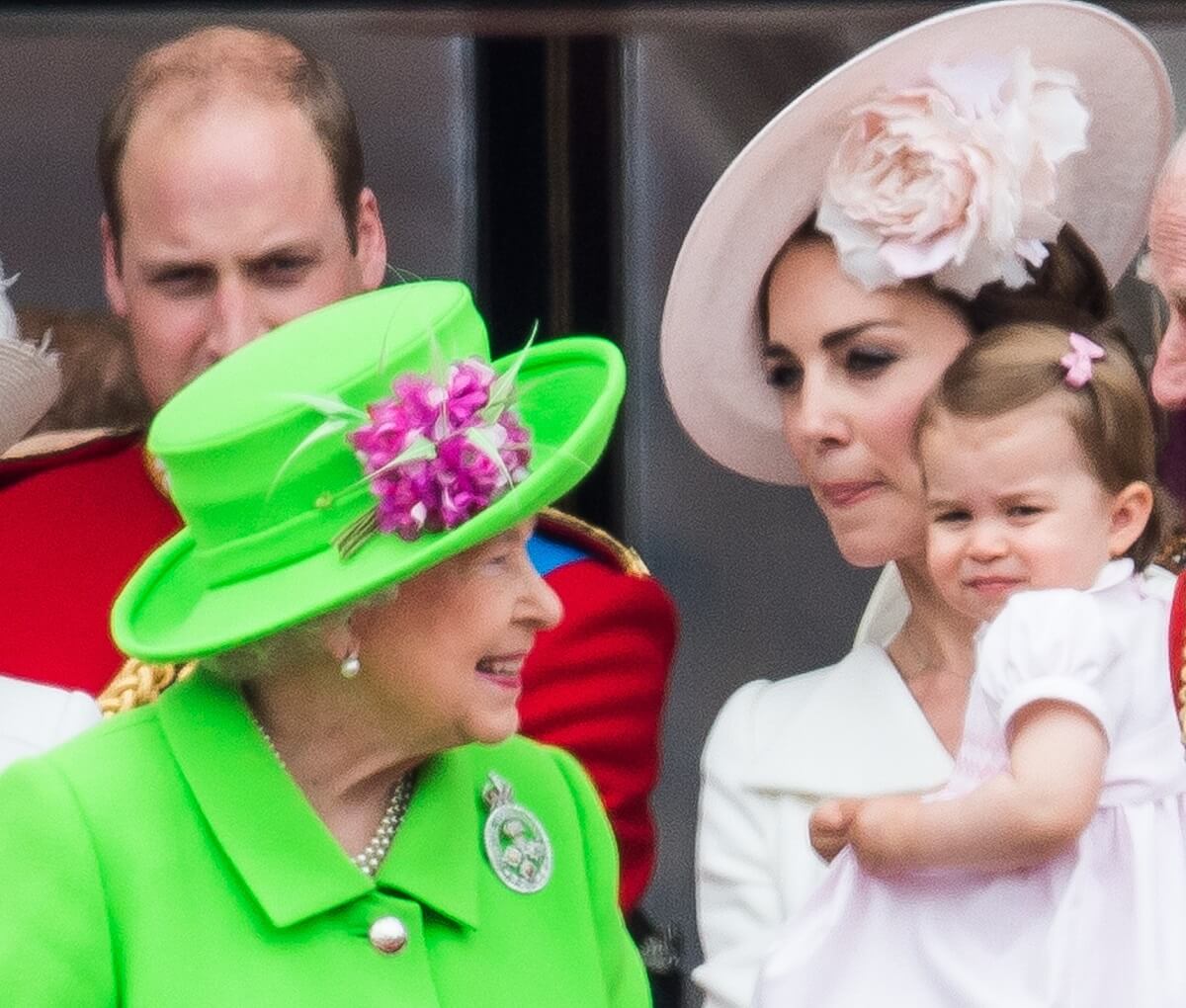
The rule Queen Elizabeth changed for her great-granddaughter
Prior to the birth of Prince George in 2013, William’s grandmother decided to make a change to what’s called the Letters of Patent. The 1917 Letters Patent created by King George V stated: “That the children of any Sovereign of these Realms and the children of the sons of any such Sovereign and the eldest living son of the eldest son of the Prince of Wales shall have and at all times hold and enjoy the style title or attribute of Royal Highness with their titular dignity of prince or princess prefixed to their respective Christian names or with their other titles of honour.”
Therefore, children whose father is a son of the sovereign can be called a prince or princess as well as the eldest son of the eldest son of the Prince of Wales can be called a prince (the children of daughters of monarchs don’t have the same entitlement). Queen Elizabeth issued a formal decree in case William and Kate’s first child was a girl, and also decided that any of their future children would be given the title prince or princess.
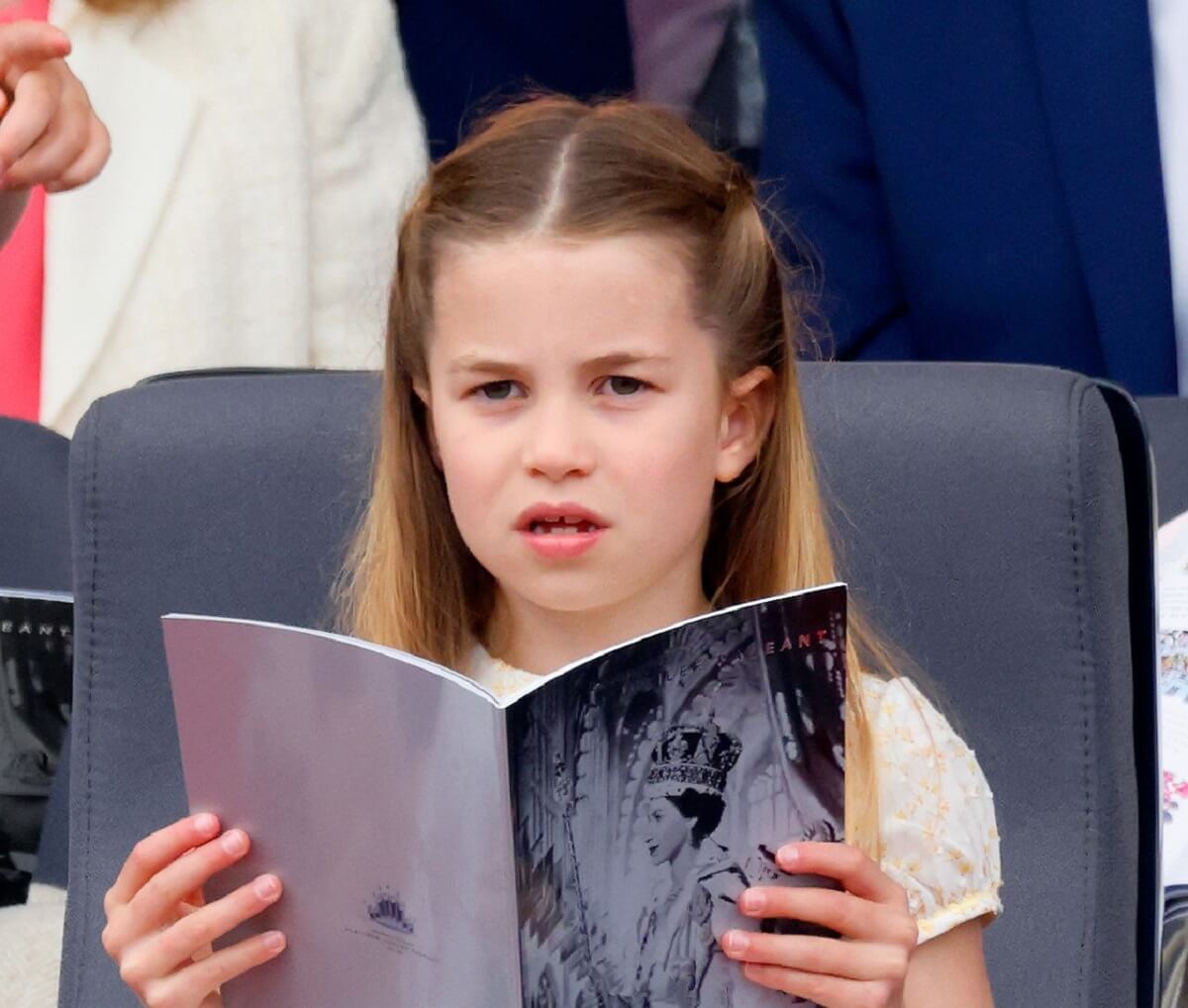
The formal announcement read: “The queen has been pleased by Letters Patent under the Great Seal of the Realm dated 31 December 2012 to declare that all the children of the eldest son of the Prince of Wales should have and enjoy the style, title, and attribute of Royal Highness with the titular dignity of ‘prince’ or ‘princess’ prefixed to their Christian names or with such other titles of honour.”
What Princess Charlotte’s title would have been if the rule stayed the same
As Hello! noted, had it not been for that change Princess Charlotte‘s title would have been “lady” instead. And Prince Louis’ would have been “lord.”
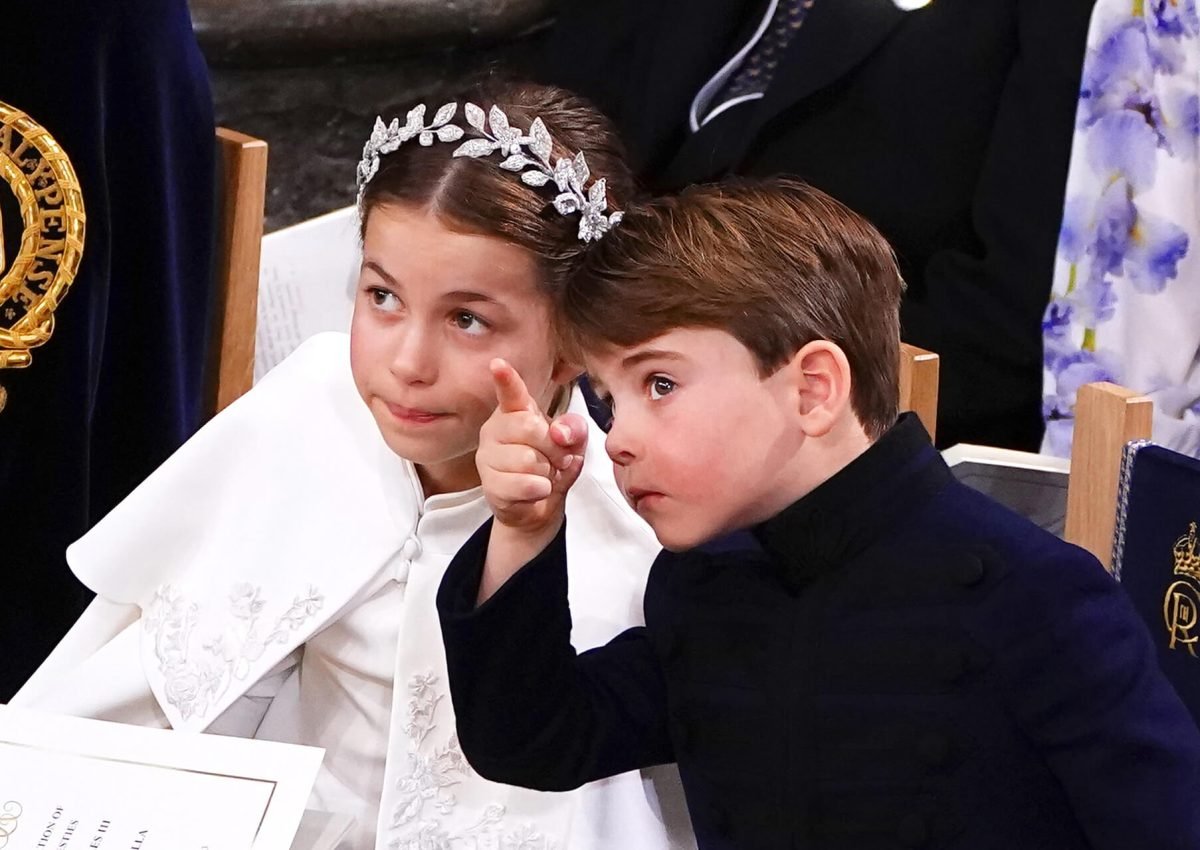
Another change to Charlotte’s benefit is The Succession to the Crown Act (2013) which states that a female’s place in line to the throne will not be overtaken by her younger brothers as was the case with Princess Anne. Queen Elizabeth’s only daughter was born before both Prince Andrew and Prince Edward but is behind them in the line of succession.
Some have wondered about another title Charlotte could receive in the future when her father is king.
When that time comes, Charlotte could be given the title Princess Royal as it is traditionally bestowed on the monarch’s eldest daughter. However, it isn’t up for grabs at the moment though because only one living woman can be called such and right now that woman is Princess Anne.


